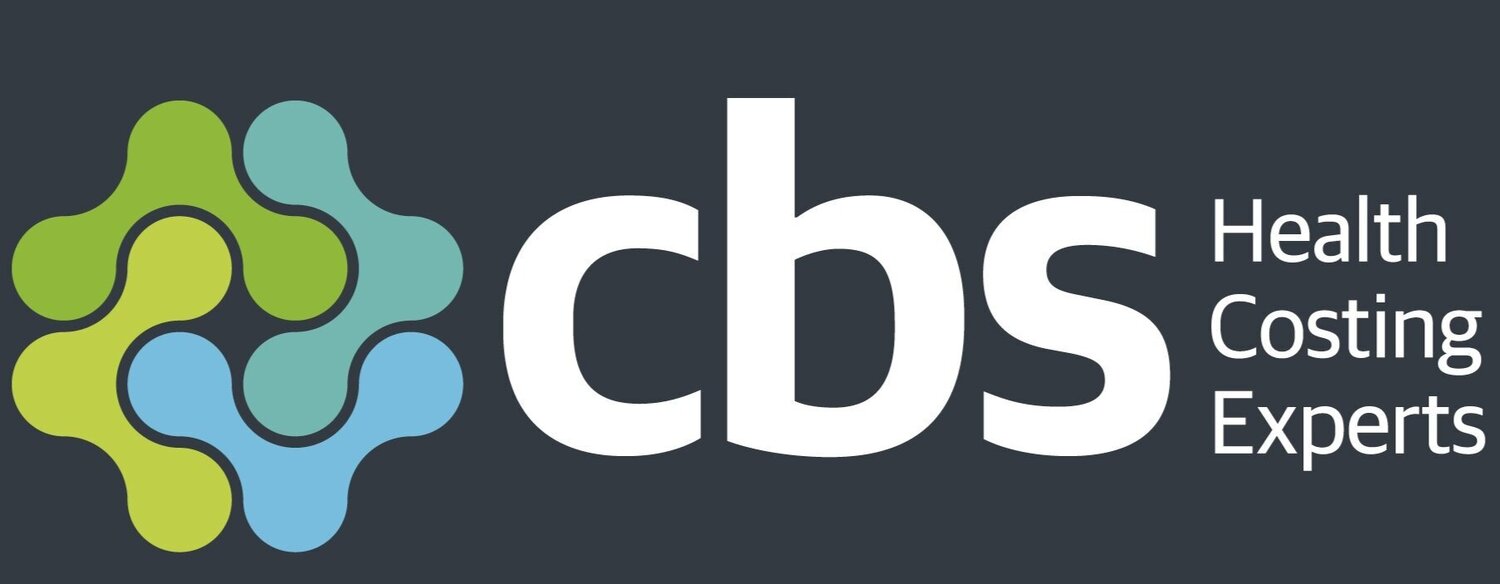From Activity Based Costing to Activity Based Management in Healthcare
The journey from Activity Based Costing to Activity Based Management is quite a trip. Welcome aboard!
Drive better outcomes, financial performance, and funding readiness with CBS – Health Costing Experts.
What is Activity Based Management in Healthcare?
Activity Based Management (ABM) extends the value of Activity Based Costing (ABC) by turning cost data into strategic and operational insight. Where ABC tells you what things cost, ABM helps you decide what to do about it.
It’s both a mindset and a system - empowering healthcare providers to:
Identify inefficiencies and bottlenecks
Improve patient flow and service delivery
Optimise resource allocation
Align operations with strategic goals
For example:
If ABC reveals that post-operative recovery in one department costs significantly more than in another (with similar patient profiles) ABM helps uncover the root causes: longer stays, more diagnostics, or excess staffing. With that clarity, you can redesign processes, reallocate staff, or optimise care pathways to reduce costs without compromising care.
Why Hospitals are Moving from Costing to Continuous Performance Improvement
The transition from ABC to ABM marks a shift in organisational culture – from passive cost reporting to proactive, data-informed decision-making.
This evolution supports healthcare’s growing focus on value-based care, where outcomes, efficiency, and transparency matter as much as service delivery.
ABM enables hospital leaders to:
Link cost with quality
Improve service line profitability
Enable evidence-based management
Introducing Hospital At A Glance: Your Real-Time Hospital Performance Dashboard
One of the most powerful tools built on ABM principles is Hospital at a Glance (HAAG). As the name implies, HAAG provides a glance of your hospital and reveals where the critical points are. This real-time dashboard gives healthcare leaders a clear, visual snapshot of performance across every department – grounded in activity based data.
What HAAG Delivers:
Improvement of patient care by monitoring staff resources according to patient demand
Supporting a healthy and sustainable work environment and making best use of health resources
Department-level visibility into costs, outputs, and key performance indicators (KPIs)
Drill-down access from summaries to transaction-level details
Cross-functional alignment across clinical, operational, and financial teams
Real-time responsiveness to emerging issues and cost anomalies
Proven Results from ABM in Hospitals:
Cost reductions of 10-20% without impacting patient outcomes
Stronger operational decision-making across staffing, supplies, and investments
Increased clinician engagement through transparent, data-informed evaluation
Enhanced readiness for bundled payments and value-based care models
Case Study:
One public hospital discovered their orthopaedic unit had a 25% higher cost per knee replacement than peer facilities. With ABM and HAAG, they pinpointed the cause: longer diagnostic lead times and extended post-op physiotherapy. After redesigning the process, they reduced costs and redirected savings into a successful nurse-led home recovery program.
What to Know Before Implementing ABM in Healthcare
Transitioning to ABM requires more than just software, it’s a strategic commitment. Key success factors, which we can guide you through, include:
High-quality data integration from clinical, operational, and financial systems.
Cross-functional collaboration to break down silos and share accountability
Executive leadership support for continuous improvement – not just cost control
Our Tools: Built for Smarter Hospital Management
Our advanced suite of tools supports every stage of your costing and management evolution:
CostPro – Powerful activity-based costing engine for healthcare
ChargePro – Captures detailed patient-level service and resource usage
FocusPro – Brings clinical, operational, and financial data into one analytical environment
IntelPlus – Predictive modelling for scenario planning and value-based funding
HAAG – Hospital at a Glance, your real-time ABM dashboard for decision-making
Conclusion: From Cost Control to Strategic Hospital Management
In a sector where margins are tight and accountability is rising, ABM offers a smarter way to run healthcare.
ABC helps you understand costs.
ABM helps you act on them.
HAAG shows you where to go next.
With CBS – Health Costing Experts as your partner, the journey from Activity Based Costing to Activity Based Management becomes a roadmap to sustainable care, improved margins, and better patient outcomes.
Frequently Asked Questions (FAQs)
What is Activity Based Management (ABM) in healthcare?
ABM is a system that helps hospitals use activity and cost data to make better decisions, optimise operations, and improve both clinical and financial outcomes.
How is ABM different from Activity Based Costing (ABC)?
ABC shows what things cost. ABM helps you decide what to do about it. ABM uses ABC data to inform decisions and drive performance improvements.
What types of decisions can ABM support?
ABM supports a range of decisions such as staffing allocation, clinical pathway design, and capital investment by linking activities, costs, and outcomes.
Is ABM only for large hospitals?
No. ABM delivers value in both large and small hospitals, across public and private systems – especially where funding is tied to performance or efficiency.
How long does it take to implement ABM?
Many hospitals see early benefits in 3-6 months, depending on data readiness and organisational goals.
What tools support ABM in healthcare?
CBS – Health Costing Experts offer a suite of tools including CostPro, ChargePro, FocusPro, IntelPlus, and HAAG to support Activity Based Costing, management, and performance analytics.
What kind of data is required?
ABM needs accurate clinical, operational, and financial data – ideally integrated through existing hospital systems and costing platforms.
What are the key challenges and considerations?
Transitioning to ABM is not without its challenges. It requires:
High-quality data integration, especially from disparate clinical, operational, and financial systems.
Cultural change, moving teams from siloed operations to cross-functional collaboration.
Leadership commitment to continuous improvement, not just cost control.



